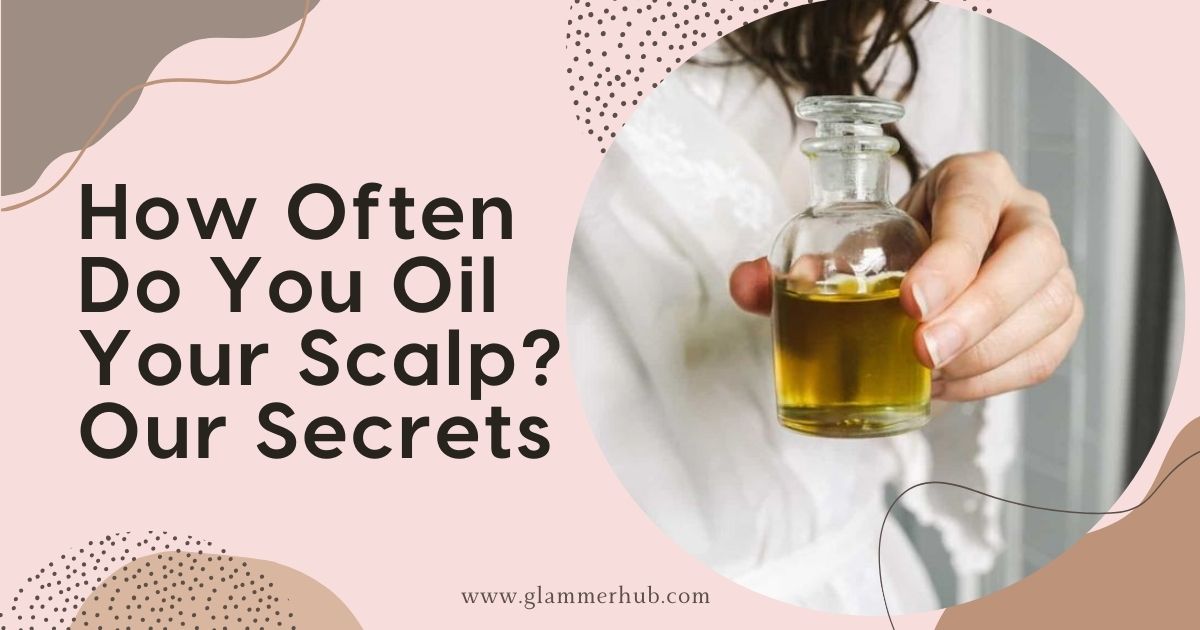Achieving a healthy, lustrous mane starts with nourishing the scalp the foundation of hair growth. While you may diligently care for your strands, ignoring your scalp can lead to dryness, irritation, and even hair issues. Enter scalp oiling. This age-old practice has been a staple in many cultures for centuries, and for good reason. But how often should you oil your scalp? Let’s unravel this mystery together.
Understanding the Importance of Scalp Oil
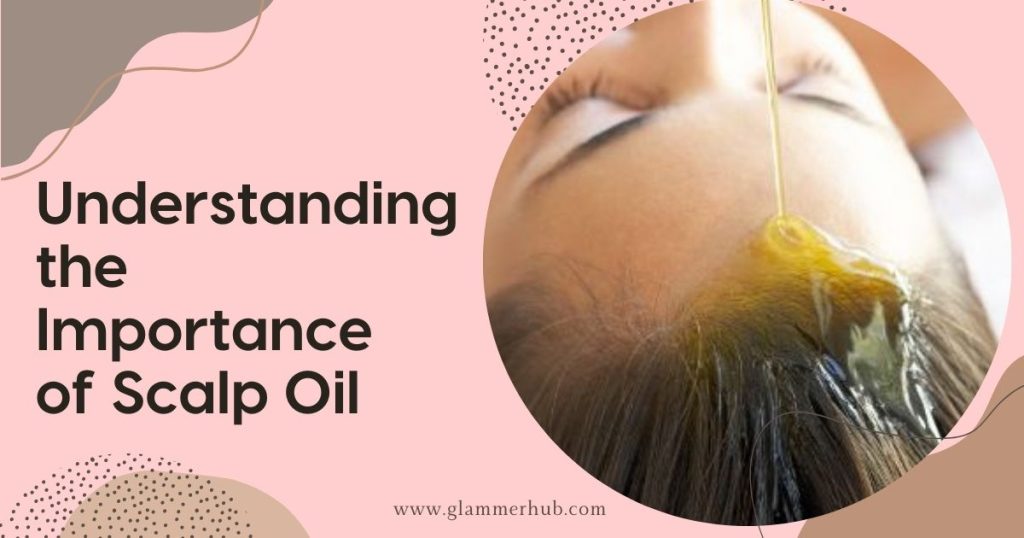
What is Scalp Oil, and Why is it Crucial for Scalp Health?
Scalp oil, also known as sebum, is a natural, waxy substance produced by the sebaceous glands in your scalp. This oil plays a vital role in maintaining scalp health by.
Moisturizing: Sebum helps keep your scalp hydrated, preventing dryness and flakiness.
Protecting: It acts as a barrier, shielding your scalp from environmental stressors and harmful microbes
Conditioning: Sebum conditions the hair follicle, promoting shine and manageability.
Debunking Myths, Addressing Common Misconceptions About Scalp Oil
Despite its crucial functions, scalp oil often gets a bad rap. It’s time to debunk some common myths.
Myth: Excessive oil causes hair loss or dandruff.
Reality: While an imbalance can contribute to these issues, sebum itself is essential for scalp health. The key is maintaining equilibrium.
Myth: Oiling makes your hair greasy and heavy.
Reality: When applied correctly, oils can actually help regulate sebum production, preventing greasiness.
Signs Your Scalp Needs Oiling
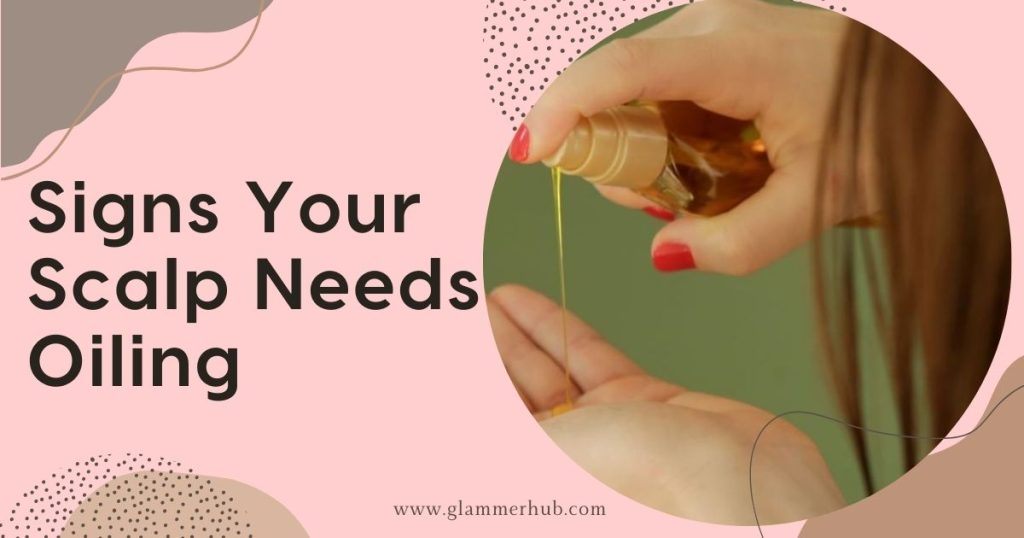
Recognizing Telltale Signs of Dryness and Irritation
Your scalp has a way of letting you know when it’s in need of some TLC (Tone, Lift, Create). Keep an eye out for these telltale signs.
Flakiness and dandruff: A dry, itchy scalp can lead to visible flakes and dandruff.
Tightness or discomfort: A tight, uncomfortable sensation on your scalp may signal dehydration.
Dullness and frizziness: Lack of moisture can cause hair to appear dull and frizzy.
Understanding the Role of Sebum in Scalp Health
While too much oil can be problematic, a deficiency in sebum can also wreak havoc on your scalp. Here’s how sebum maintains scalp health.
Regulates moisture levels: Sebum helps prevent water loss from the scalp, keeping it supple and hydrated.
Promotes hair growth: By maintaining a healthy environment, sebum supports optimal hair growth cycles.
Provides antioxidant protection: Sebum contains antioxidants that shield the scalp from environmental aggressors.
How Often Should You Oil Your Scalp?
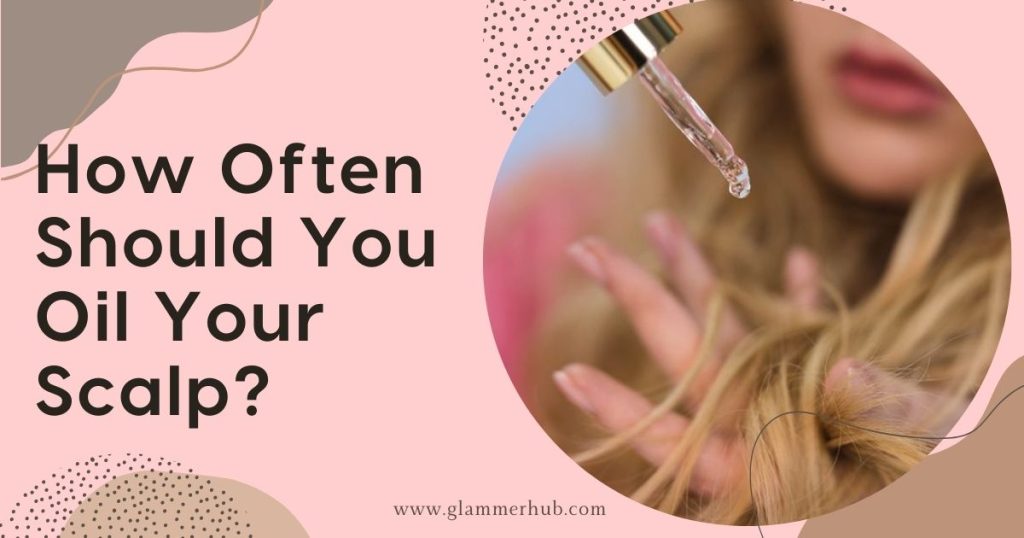
Finding the Right Balance, Frequency and Timing Explained
The million-dollar question how often should you oil your scalp? Unfortunately, there’s no one-size-fits-all answer. The ideal frequency depends on various factors, including your scalp type, climate, and personal preferences. However, most experts recommend oiling your scalp once or twice a week for optimal results.
Timing also plays a role. Many advocate applying oil before bedtime, allowing it to work its magic overnight. This method ensures maximum absorption and minimizes mess during the day.
Factors Influencing Optimal Oil Application Frequency
While a weekly or bi-weekly routine is a good starting point, several factors can influence how often you should oil your scalp?
Scalp type: Those with naturally dry scalps may need more frequent oiling than those with oily scalps. Environmental conditions: Dry climates or excessive heat can increase the need for scalp moisture.
Hair type and texture: Coarse, thick hair tends to require more frequent oiling than fine, thin hair.
Lifestyle and activity levels: Active individuals or those exposed to pollutants may need to oil more often.
The key is to pay attention to your scalp’s needs and adjust the frequency accordingly.
Best Oils for Nourishing Your Scalp

Exploring Different Types of Scalp Oils and Their Benefits
Not all oils are created equal when it comes to scalp care. Here are some of the best options to consider.
Coconut oil: Rich in fatty acids, coconut oil deeply moisturizes and promotes hair growth.
Almond oil: Packed with vitamin E, almond oil nourishes and soothes dry, irritated scalps.
Olive oil: Loaded with antioxidants, olive oil protects the scalp and enhances shine.
Castor oil: Known for its antibacterial and anti-inflammatory properties, castor oil promotes a healthy scalp environment.
Jojoba oil: Mimicking the scalp’s natural oils, jojoba oil balances sebum production and hydrates.
Tailoring Oil Selection to Your Scalp Type and Concerns
While all these oils offer benefits, selecting the right one(s) for your scalp type and concerns can maximize results.
Dry scalp: Reach for heavier oils like coconut or olive oil for intense hydration.
Oily scalp: Opt for lighter options like jojoba or grapeseed oil to balance sebum production.
Dandruff or scalp irritation: Incorporate antimicrobial oils like tea tree or rosemary to soothe inflammation.
Experimenting with different oils or blends can help you find the perfect match for your scalp’s unique needs.
Techniques and Tips for Effective Scalp Oil Application
Step-by-Step Guide: Mastering the Art of Scalp Massage
Applying oil is just the first step; proper massage techniques can enhance absorption and stimulate blood flow. Here’s a step-by-step guide to mastering the art of scalp massage.
Section your hair: Divide your hair into manageable sections for thorough application.
Apply oil: Using your fingertips, gently massage the oil into your scalp in circular motions.
Apply pressure: Increase pressure as you knead and press the oil into your scalp, targeting tension spots.
Observe your scalp: Take note of any areas that feel particularly dry or tight, and focus on those regions.
Extend to the hairline: Don’t forget to massage the oil into your hairline and temples.
Maximizing Absorption: Enhancing Oil Penetration with Heat and Massage
To boost oil absorption, consider incorporating these techniques.
Heat therapy: Applying a warm towel or using a hair dryer on a low setting can open up the hair cuticles, allowing for deeper penetration.
Dry brushing: Gently brushing your scalp with a natural bristle brush before oiling can help exfoliate and prime your scalp for optimal absorption.
More extended massage: Spending 5-10 minutes massaging the oil into your scalp can significantly improve absorption and stimulate blood flow.
Common Mistakes to Avoid When Oiling Your Scalp
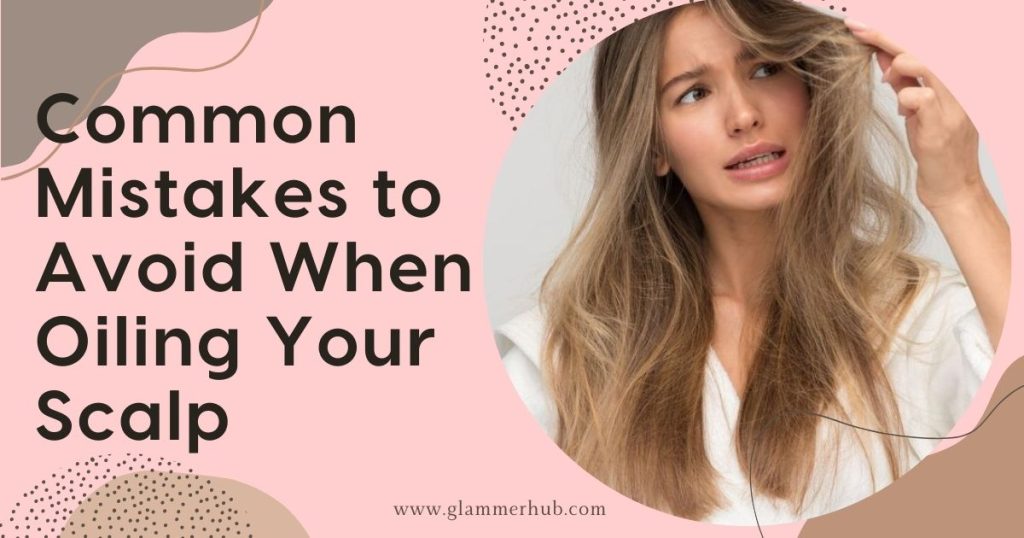
Pitfalls to Dodge: Preventing Overuse and Misapplication
While scalp oiling is generally safe, there are a few pitfalls to avoid:
Overuse: Applying too much oil too frequently can lead to a greasy, heavy scalp and hair.
Neglecting hair length: Don’t forget to apply a small amount of oil to the mid-lengths and ends of your hair to prevent dryness and breakage.
Skipping cleansing: Failing to cleanse the scalp after oiling correctly can result in product buildup and clogged pores.
Ensuring Proper Hygiene: Tips for Cleanliness and Scalp Health
Maintaining proper hygiene is crucial when incorporating scalp oiling into your routine.
Use a gentle, sulfate-free shampoo: Harsh shampoos can strip your scalp of its natural oils, leading to dryness and irritation.
Exfoliate regularly: Incorporating a scalp scrub or exfoliating brush can help remove dead skin cells and product buildup.
Disinfect tools and surfaces: Regularly clean brushes, combs, and surfaces to prevent the spread of bacteria or fungi.
Should You Adjust Your Hair Washing Routine When Oiling Your Scalp?

Balancing Cleansing and Oil Treatment: Finding the Right Approach
Incorporating scalp oiling into your routine may require adjusting your hair-washing schedule. While there’s no one size fits all approach, here are some general guidelines.
Oily scalp: Consider washing your hair more frequently (every 2-3 days) to prevent buildup and greasiness.
Dry scalp: You may be able to go longer between washes (4-5 days) to allow the oils to nourish your scalp deeply.
Debating the Frequency of Hair Washing with Scalp Oil Treatment
The debate about how often to wash your hair when using scalp oils is ongoing. Some experts recommend washing immediately after oiling to prevent buildup, while others suggest leaving the oil in for a few hours or overnight before cleansing.
Ultimately, it boils down to personal preference and what works best for your scalp type and lifestyle. Experiment and observe how your scalp responds to different washing frequencies.
You may like;
How to Figure Out Hair Type A Ultimate Guide
Layered vs non Layered Long Hair Guide
Straight Hair with Curled Ends Benefits and Challenges
Hair Tinsel on Curly Hair: The Ultimate Glamour Guide
Final Thoughts Crafting Your Perfect Scalp Care Routine
Tailoring Oil Application to Your Unique Needs
As with any skincare routine, there’s no one-size-fits-all approach to scalp oiling. The key is to listen to your scalp’s needs and tailor your routine accordingly. Here are some tips for personalizing your approach.
Experiment with different oils and blends: Try out various options to find the perfect match for your scalp type and concerns.
Adjust frequency as needed: Don’t be afraid to increase or decrease the frequency of oiling based on your scalp’s response and environmental factors.
Incorporate other scalp care practices: Combine oiling with regular exfoliation, gentle cleansing, and protective hairstyles for optimal scalp health.
Embracing Consistency Building Healthy Scalp Habits for Long-Term Results
While scalp oiling can yield remarkable results, consistency is critical. Establishing a routine and sticking to it can help you maintain a healthy, balanced scalp in the long run. Remember, a little patience and dedication go a long way in achieving your hair goals.
Unlocking the secret to a healthy scalp is a journey, and scalp oiling is a powerful tool in your arsenal. By understanding your scalp’s unique needs, selecting suitable oils, and mastering application techniques, you’ll be well on your way to a luscious, bouncy mane that radiates vitality from root to tip.
Thank you for your precious time spent with Glammerhub

